Rewind Therapy Leeds
Rewind Therapy or Rewind Technique
Rewind therapy is a brilliant technique that enables the therapist to spot destructive force in a client’s story and treat it quickly by neutralizing the negative, hurtful emotions around the traumatic event, freeing the client from the negative feelings around the traumatic event to make rapid progress.
Every practitioner knows that trauma is a part of many problems. But very few know how to treat trauma quickly and safely.
PTSD, depression, anxiety, obsessive thoughts, IBS, alcohol issue, substance abuse, OSD, irrational fears – all these problems and more are often fuelled by unresolved traumas.
So, when your depression just cannot lift, an addiction that will not go away, or anxiety that keeps coming back no matter what you do, there is a traumatic incident hidden behind it. That means you might have an unresolved trauma.
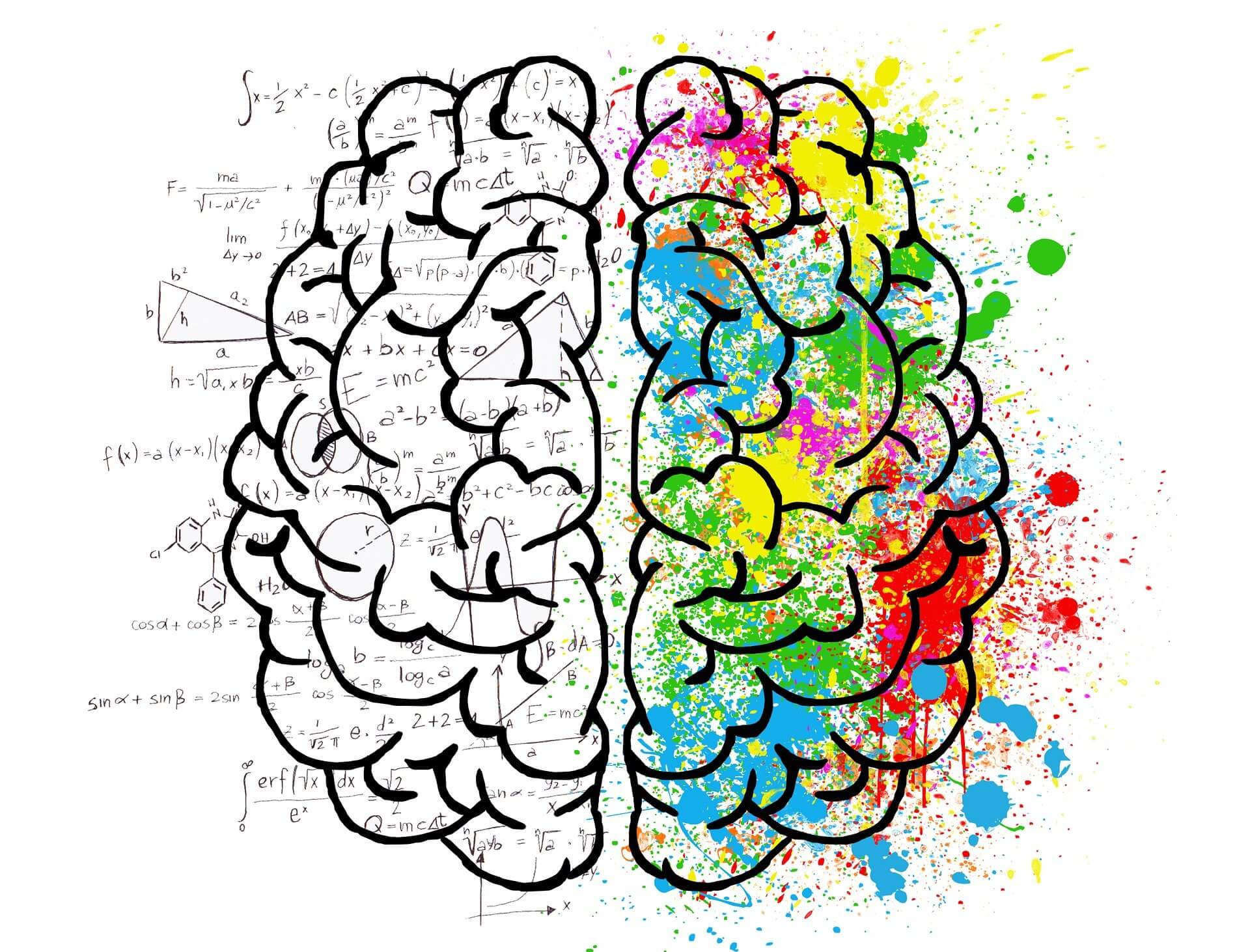
So how does it happen in our brain?
When you suffer flashbacks, panic attacks, or high levels of anxiety, a small part of the brain called the amygdala is responsible. This is part of the brain which helps activate the fight, flight, or freeze response when we are in dangerous situations.
The amygdala is a primitive part of the brain which doesn’t have a time tag and flares up every time we remember about the traumatic event, even if we experienced it years and years ago. It happens because this event is unresolved and the negative emotions around this event are still there.
If the feeling of fear is trapped in the amygdala then any trigger can cause you mentally to come back to that again.
Rewind Therapy allows another part of the brain called the hippocampus “to calm’’ the amygdala down and results in neutralizing the negative emotions around the event. So as a result the anxieties, flashbacks, panic attacks, nightmares and irrational fears disappear within a certain amount of time. This usually being within a month.
Examples of triggers for a traumatised person
If during the traumatic event you have heard a particular noise (which could have been a perpetrator making a specific noise) this means that you might be highly sensitive to similar noises for many years to come. You might feel irritated by lots of noises which for some reason your subconscious mind chose to be irritable.
Or another example could be if during the traumatic event there were police or ambulance sounds nearby, that might mean that years later hearing a police siren or ambulance noise would make you remember the traumatic event, as though you were experiencing it in the moment. You will not just regress there; you might feel all of these old negative feelings again and again which might feel exhausting and totally out of your control.
I’ve had lots of clients with all sorts of irrational fears and phobias.
One example of people traumatizing themselves could be as simple as watching a horror film.
I had a client who was afraid of the presence of sharks or being eaten by sharks in the waters of UK. He was frightened by them to the extent that he couldn’t paddle on the beach with his kids or go into a swimming pool without the water being totally clear.
Ask yourself, what created this phobia?
A simple act of watching ‘’Jaws’’ when he was a child.
Sometimes it makes it easier when they know what exactly happened to them. It allows us to work with the particular memory then rewind that memory in the safest way possible for the client.
Other times the client doesn’t know where their phobia came from or what traumatic event triggered it. In this case, the therapist can use what we call a ‘regression to cause’ to find out where it came from and what is the root of the problem.
Keep it all to yourself as a secret (NO CONTEXT THERAPY)
The beautiful thing about the Rewind Technique is that the therapist doesn’t need to know any details about the traumatic memory if the client struggles to talk about it. We don’t need to make the client speak about the event.
In fact, the client can keep it all to themselves. In this case during the rewind therapy, I personally would refer to them as “that old memory #1, “that old memory #2’’, etc. As long as you know what that memory is, and work through it using your imagination, I do NOT need to know what it is. It’s up to you if you want to share the story. Thank goodness the modern therapy allows us to have a successful therapy even if we don’t want to go there in details.
It would be enough to say to your therapist. (just as an example)
“I have this horrible memory; I feel so ashamed of it that I don’t want to talk about it. All I want is to be able to forgive myself eventually and to look at that experience with the different pair of eyes.”
“I would like to feel nothing when I remember about that old event. I am ready to let it go.”
So, in this case I would look at the list of the negative emotions the client might experience when they remember that memory. Let’s say it could be: Feelings of Guilt or being ashamed of themselves.
Their self-negative belief could be: I am hopeless or I am worthless or I am a terrible person etc.
I would ask them “What you would like to feel INSTEAD?”
And
“What would you like to believe about yourself INSTEAD?”
They might say: “I want to feel free and forgive myself”
Or
“I want to believe that everybody make mistakes, we learn and grow having these experiences.”
Or
“I want to feel proud of myself.”
Then having collected this information and created the aims for the therapy we can proceed in a safest possible way for client.
SAFE THERAPY and THE PROCESS OF THE TECHNIQUE
When you’re dealing with a traumatic memory, we need to approach it carefully and gently. In a modern therapeutic world we don’t want the client to revisit their old traumas and talk about them in details.
This can in fact can bring more harm than healing.
The person who has suffered the traumatic event is asked to revisit it, but, most importantly from a detached and safe distance, carried out in a state of deep relaxation, watching the events unfold mentally through a television screen providing an emotional distance between themselves and the traumatic event.
We ask the client to see that old memory in a very fast forward way until the moment when it is finished, and they have survived.
Then we ask the client to do the same but backwards and that is the rewind process which allow the magic to happen. This cycle is repeated several times with each traumatic memory.
The Rewind technique is totally safe. No harm can be done to people by using this technique, unlike some other talking therapies where the trauma can be embedded deeper.
By the end of the session the client experiences the feeling of freedom and doesn’t feel like a victim of that event any longer but feel as a survivor instead.
Conclusion
Little extra information.
This technique has originated from NLP (Neuro Linguistic Programming) and is also known as the Visual Dissociation technique. The rewind therapy can help reduce or in some cases remove the following PTSD symptoms within a short period of time (from the same day the client had a therapy up to a months time)
- Flashbacks
- Intrusive thoughts or pictures/images
- Repeated Nightmares
It can be used as a stand-alone treatment for phobias such as fear of needles or flying,
One-time traumatic incidents.
Such a car accident, trip or road incident or any one particular traumatic event/memory which might require a 1 off session.
Or it can be used for more complex multiple trauma such as:
1) Sexual abuse
2) Mental / domestic abuse /traumas
3) Recovery from a traumatic separation /divorce
4) Being a witness to something tragic or shocking
In these cases, the REWIND THERAPY would work better when integrated with Psychotherapy and Hypnotherapy or EMDR therapy.
Please don’t hesitate to book an initial assessment appointment with me to explore if this treatment is suitable and if so, how many sessions might be required.

When Your Car Breaks Down You Need a Mechanic, When Someone Close to You Breaks Down How Do I Help Them Repair?
We all know what to do when a car breaks down—you call a mechanic, get it towed, and pray it won’t cost your entire month’s salary. But when a person breaks down, it’s not that simple. You can’t just grab a wrench, change their oil, and send them back on the road....

The Same Obsessive Thoughts Again and Again: How Can I Help Myself?
Do you ever feel like your brain is stuck in “repeat mode”? The same thought plays again and again, like a broken record you can’t switch off. You try to distract yourself, but it comes back louder. Whether it’s a worry about your health, replaying an argument, or...

Trauma After Medical Procedure or Illness: The Overlooked Experience
When people think of trauma, they usually imagine car accidents, violence, or war. But trauma can also happen in hospitals, during surgery, or after an illness. It’s called medical trauma, and it often goes unnoticed. Even though someone’s body might heal, their mind...

EMDR for Depression: Healing Emotional Wounds at the Root
Depression is more than just feeling sad. It’s a heavy, painful feeling that can make life feel dark and hopeless. Many people who struggle with depression find it hard to enjoy anything. Even getting out of bed or talking to someone can feel too much. But what if the...
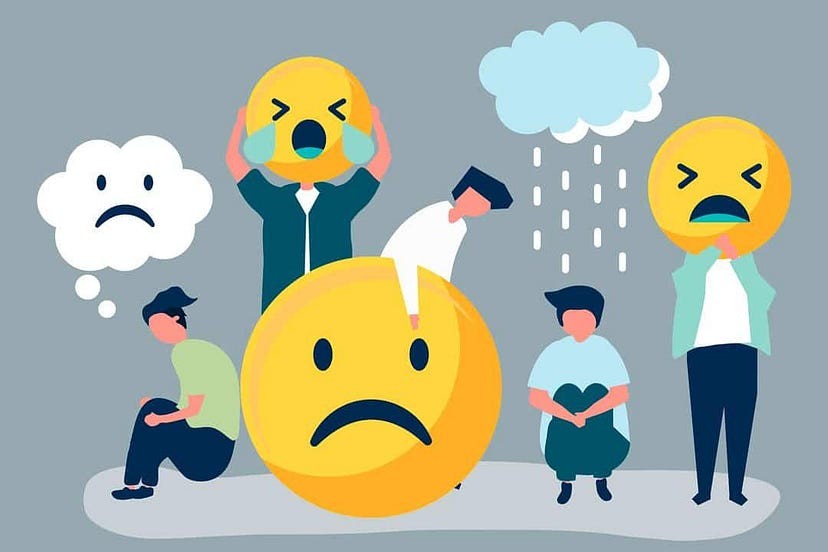
The Best Self-Help Tool for Working Through Any Negative Feeling
Everyone experiences negative emotions from time to time—anxiety, anger, sadness, or even fear. These feelings can affect our daily lives, whether at work, in relationships, or during personal moments of reflection. While it's normal to feel this way, learning how to...

How to Cure My Anxiety in the Car as a Passenger?
Feeling anxious in a car as a passenger is more common than you might think. For many people, just the idea of sitting in the passenger seat can cause a racing heart, sweaty palms, or even panic attacks. Some feel a loss of control, while others might have had a bad...
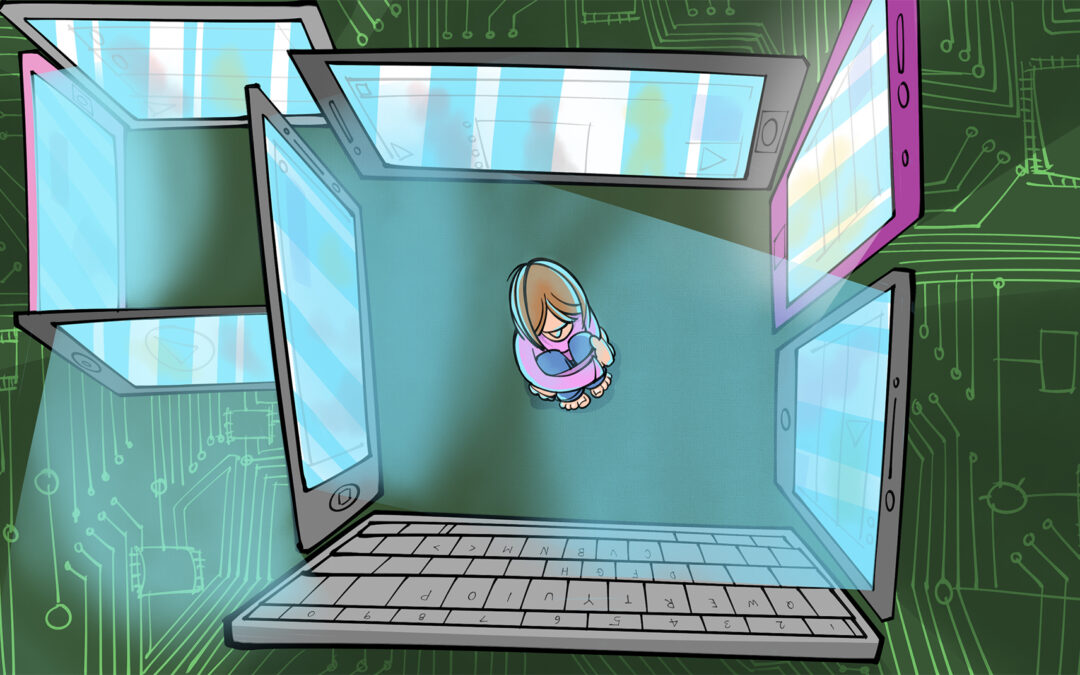
Addictive Dependency: What Can Help to Break the Vicious Cycle?
What Is Addictive Dependency? Addictive dependency happens when a person feels like they must use something—like alcohol, drugs, gambling, or even social media—again and again. They may try to stop, but feel like they just can’t. It becomes a cycle, a loop that keeps...

Why Does My Child Have Eating Disorders and How I Can Support Them
As a parent, it can be heartbreaking to watch your child struggle with an eating disorder. You may feel confused, helpless, or even blame yourself. But you are not alone, and it is not your fault. Many children and teenagers today are dealing with eating disorders due...
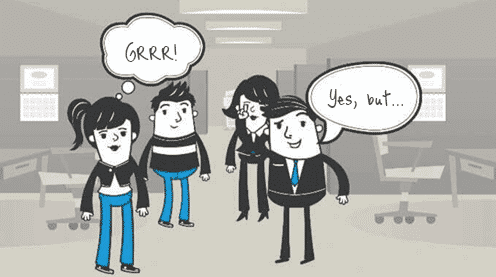
Ego States: How to Talk Better with Your Child, Customer, Spouse, or Boss
Have you ever had a talk with someone that suddenly turned into a fight? Maybe you were calm, but the other person got angry, or maybe you got upset without knowing why. Whether you’re talking to your child, your boss, your customer, or your partner—communication can...
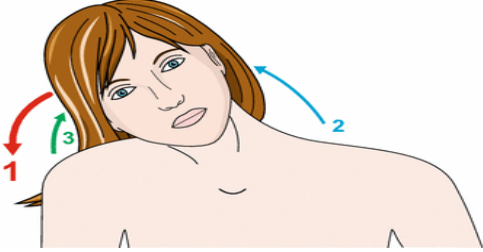
Best Treatment for Functional Dystonia
Functional dystonia is a type of movement disorder where muscles contract uncontrollably, causing abnormal postures or movements. Unlike other forms of dystonia caused by structural damage in the brain, functional dystonia is considered a functional neurological...



